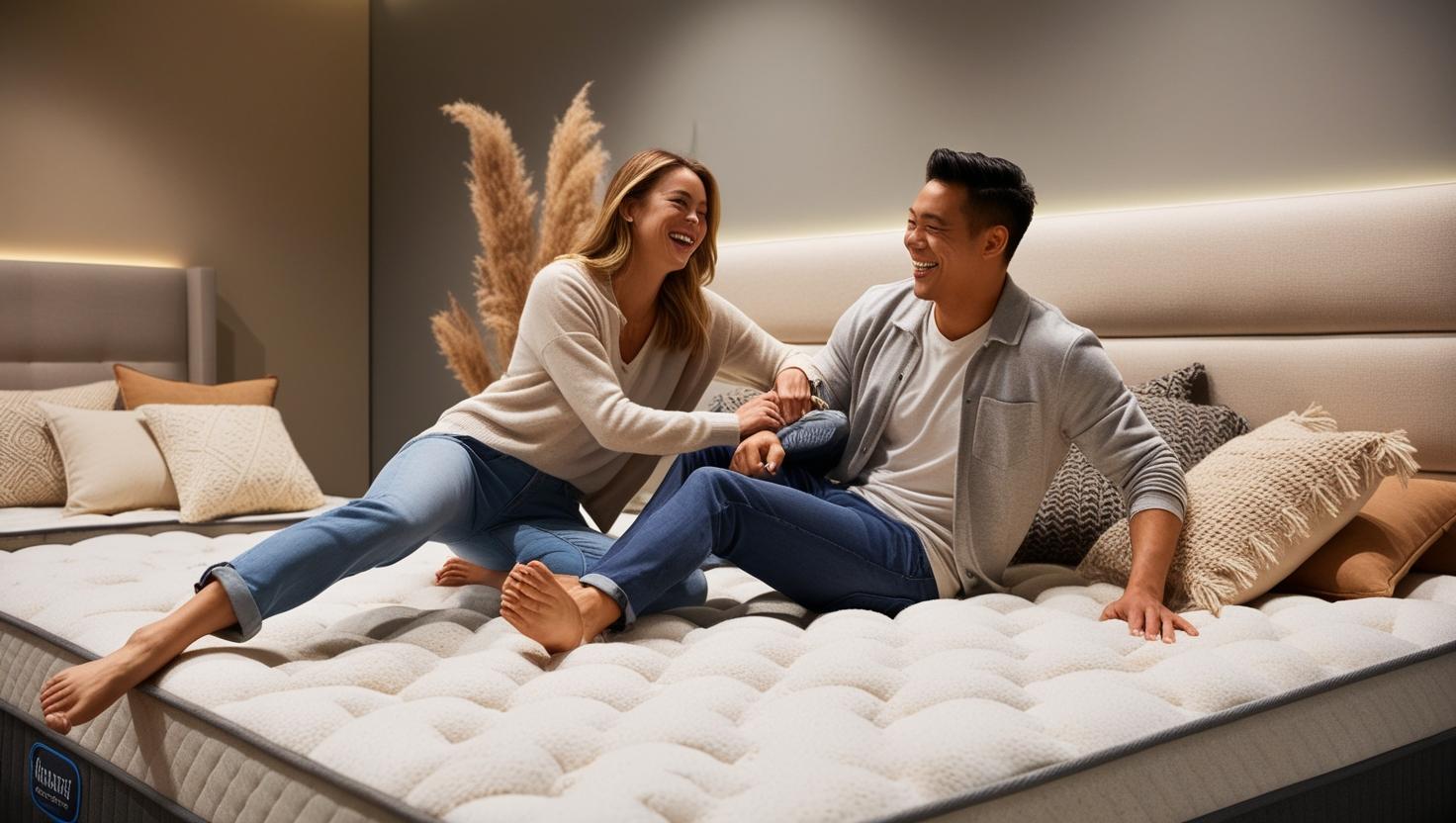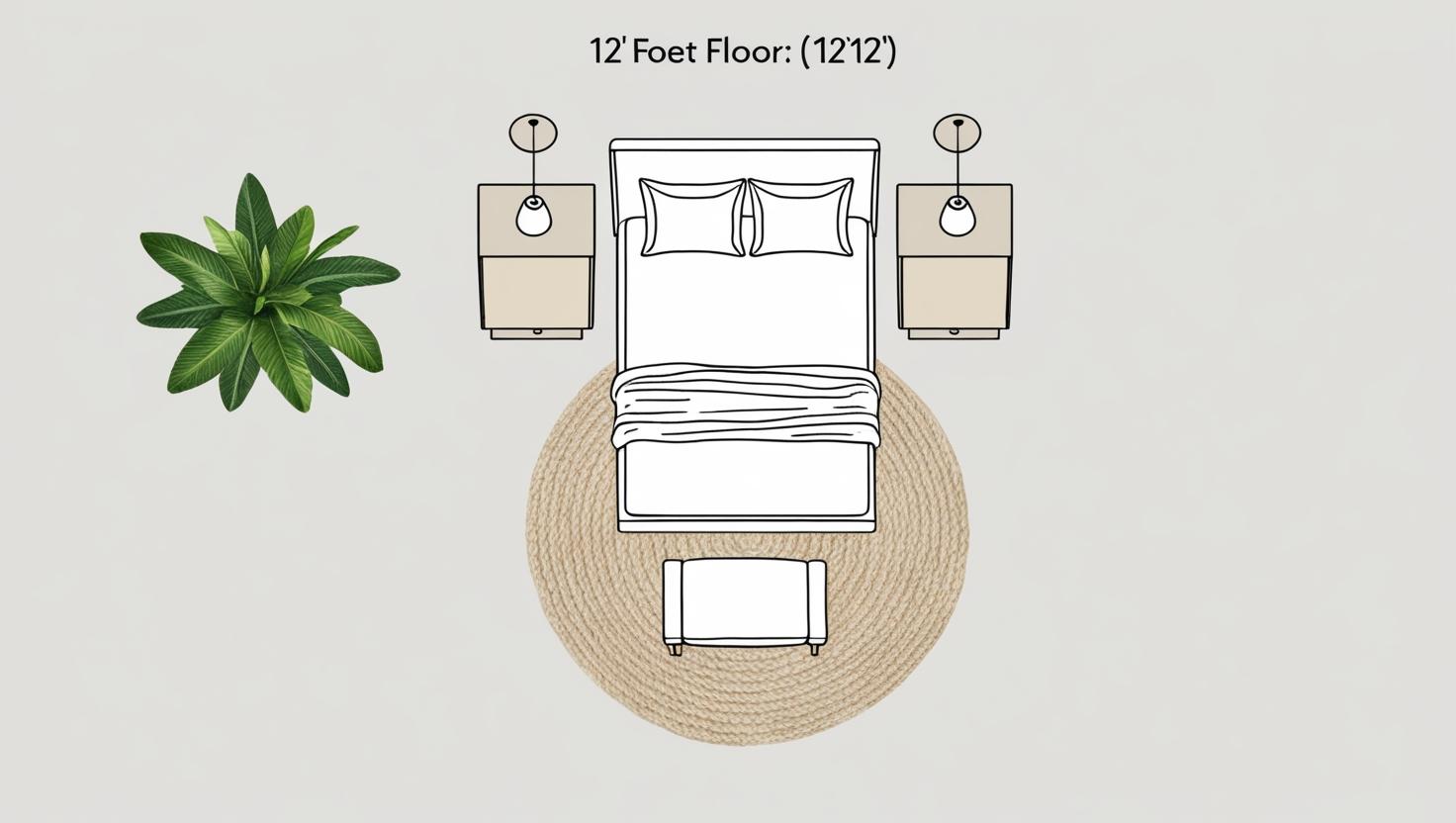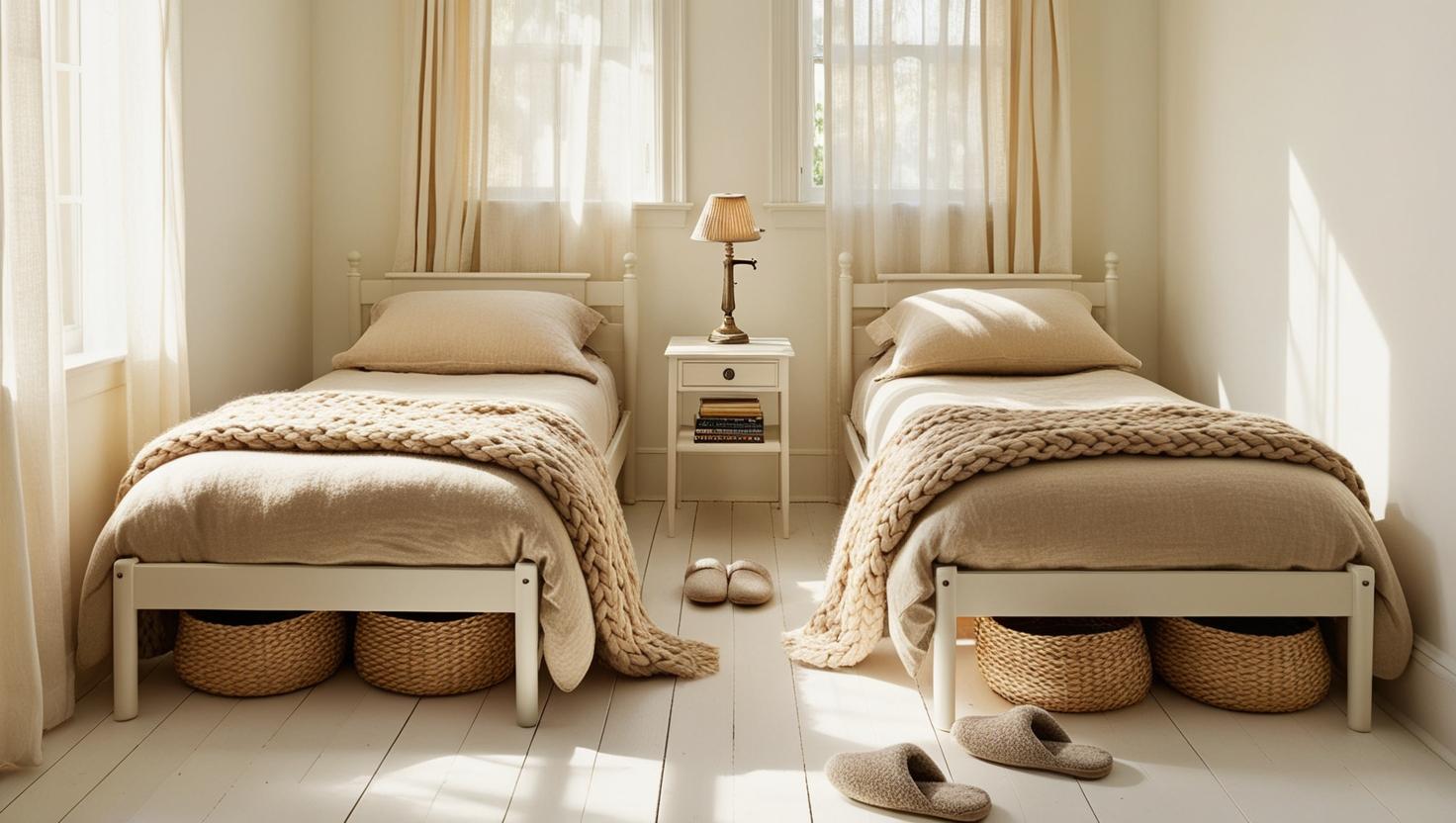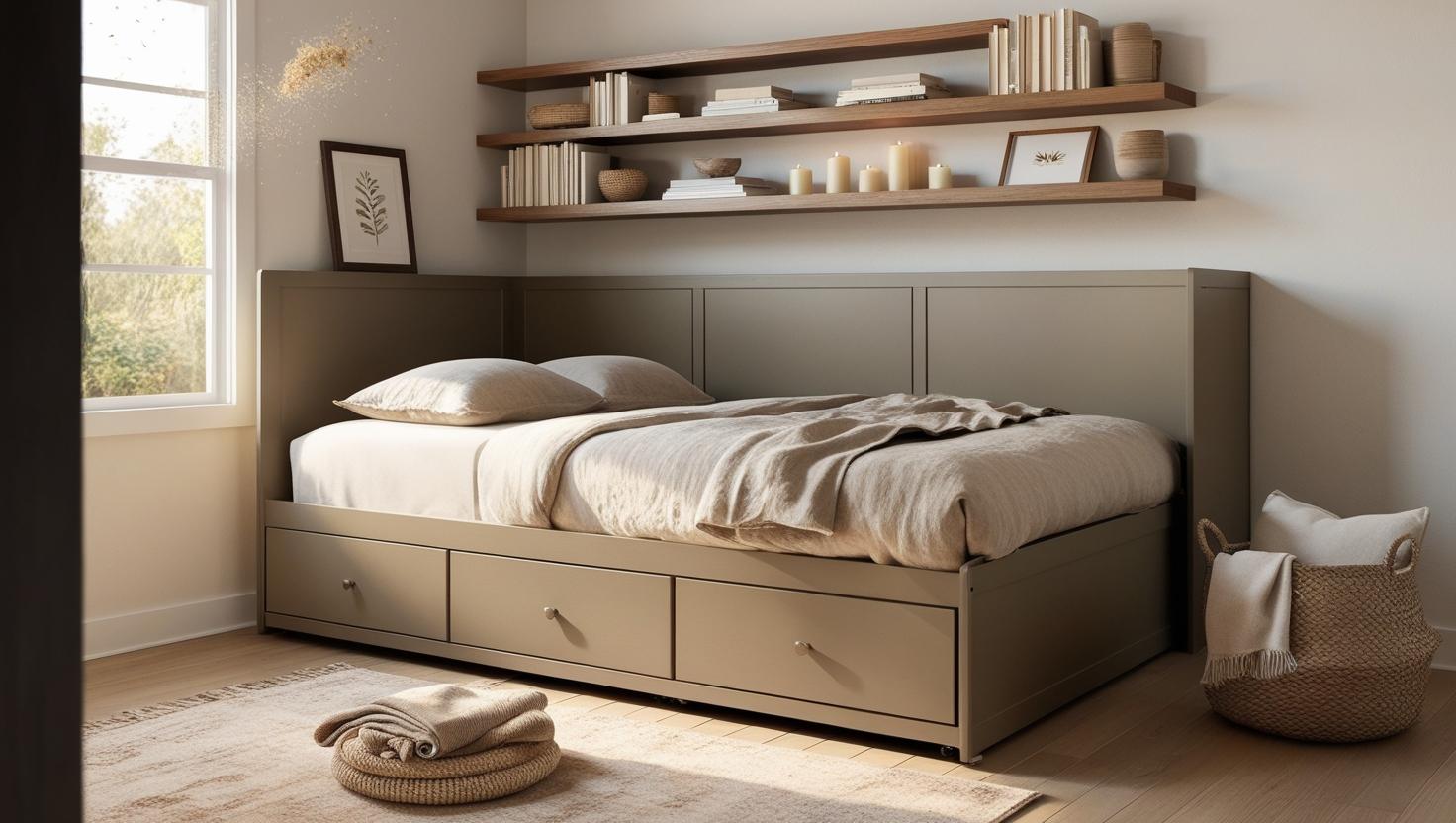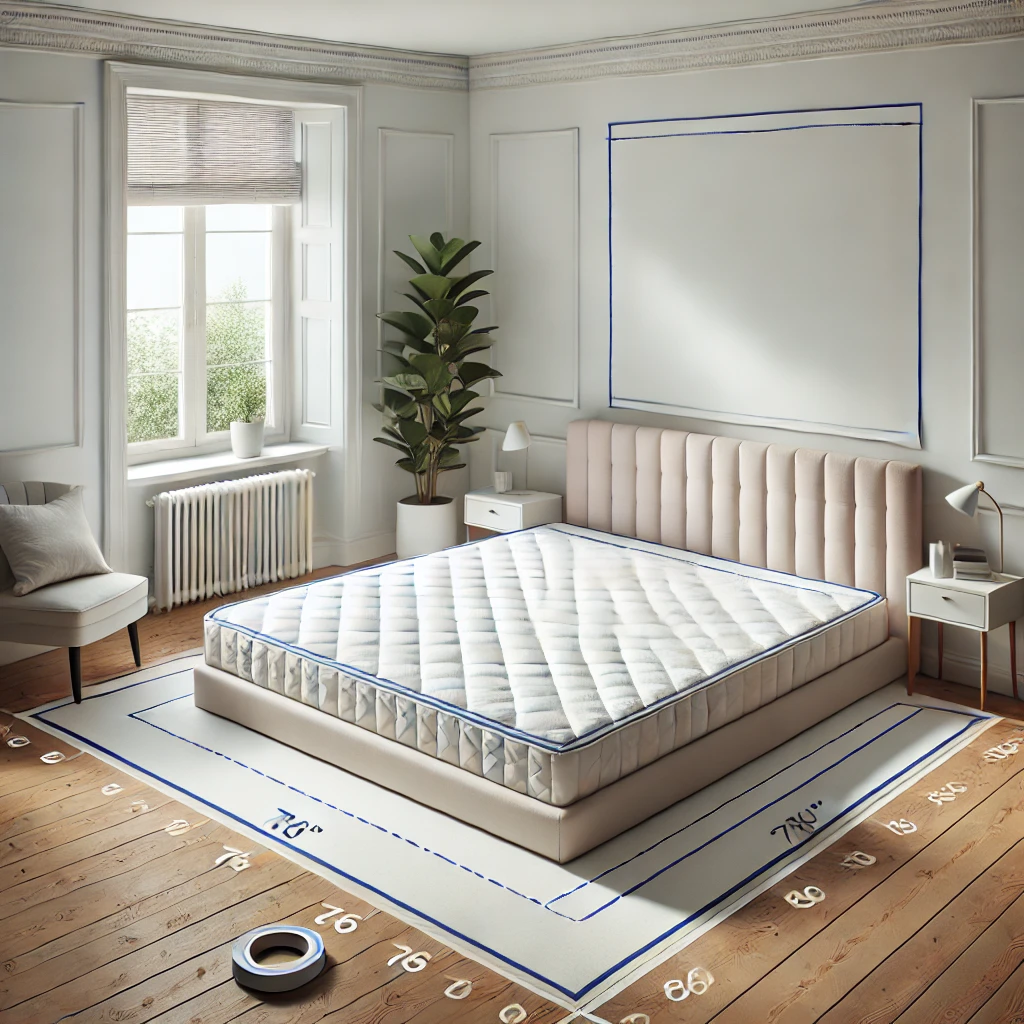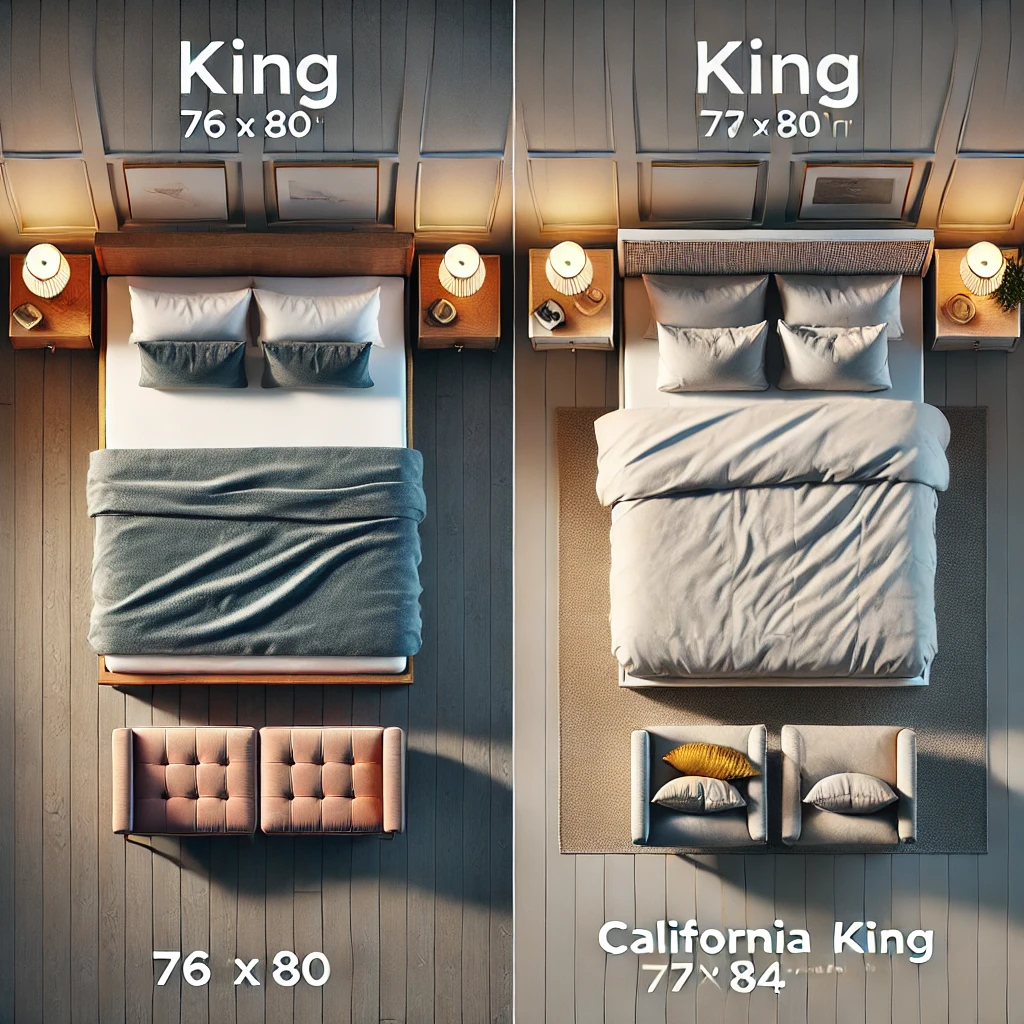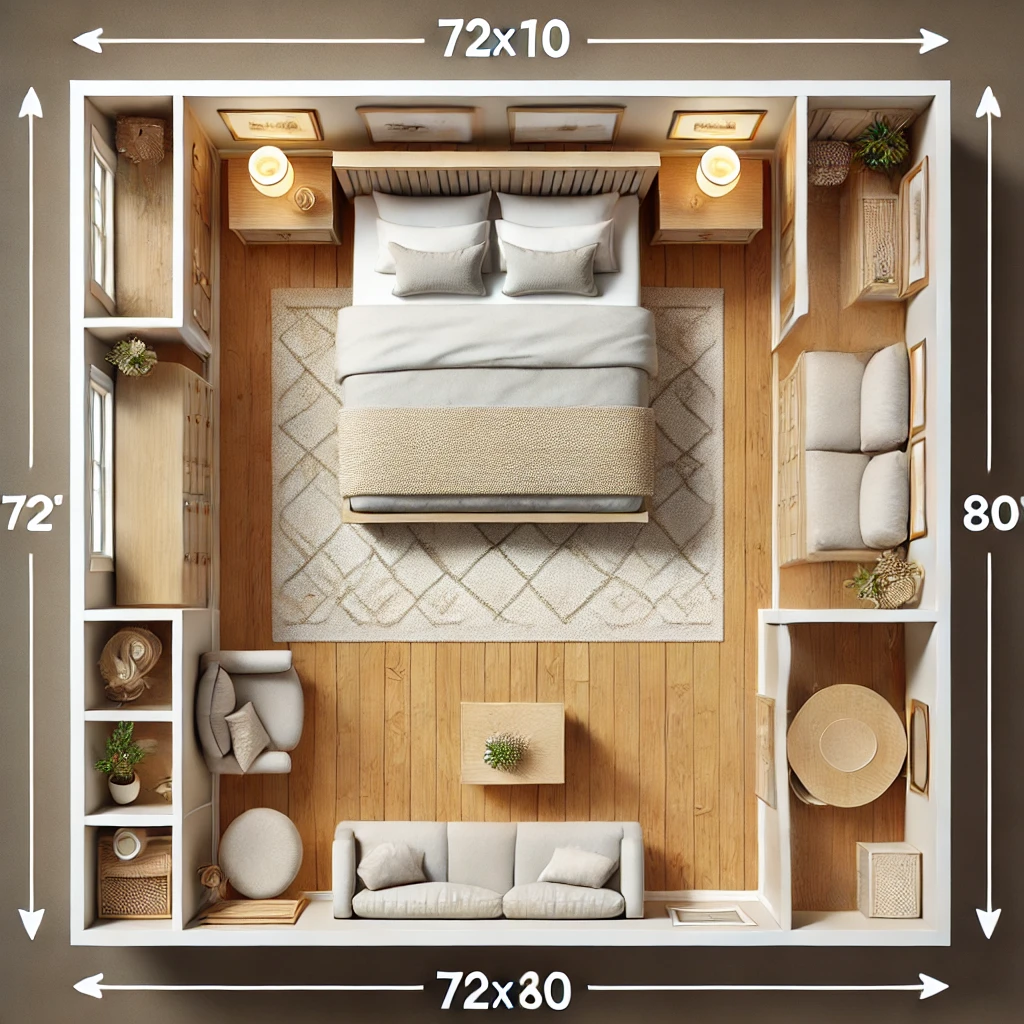Best Bed Width for Room
Choosing the best bed width for room comfort and aesthetics means more than just picking a size—it’s about maximizing flow, storage, and your daily lifestyle.
Key Takeaways
- Measure your room to determine the right bed width with optimal clearance.
- Smart layout and vertical storage can transform small bedrooms.
- Match your bed size to personal lifestyle and room usage.
1. Measure Your Room Accurately
Start with precise room dimensions to identify the best bed width for room comfort and functionality. Accurate measuring ensures you choose a bed that fits well with space for movement and furniture.
- Room Dimensions: Measure length and width carefully.
- Furniture Layout: Consider windows, doors, and fixed features.
- Clearance: Allow at least 24 inches of walking space around the bed.
Room Size Guide
| Bed Size | Recommended Room Size (ft) | Clearance Space (inches) |
|---|---|---|
| Twin | 7 x 10 | 24 |
| Full | 10 x 10 | 30 |
| Queen | 10 x 12 | 30 |
| King | 12 x 12 | 36 |
Check out our Complete Guide to Full Size Bed Width for more details.
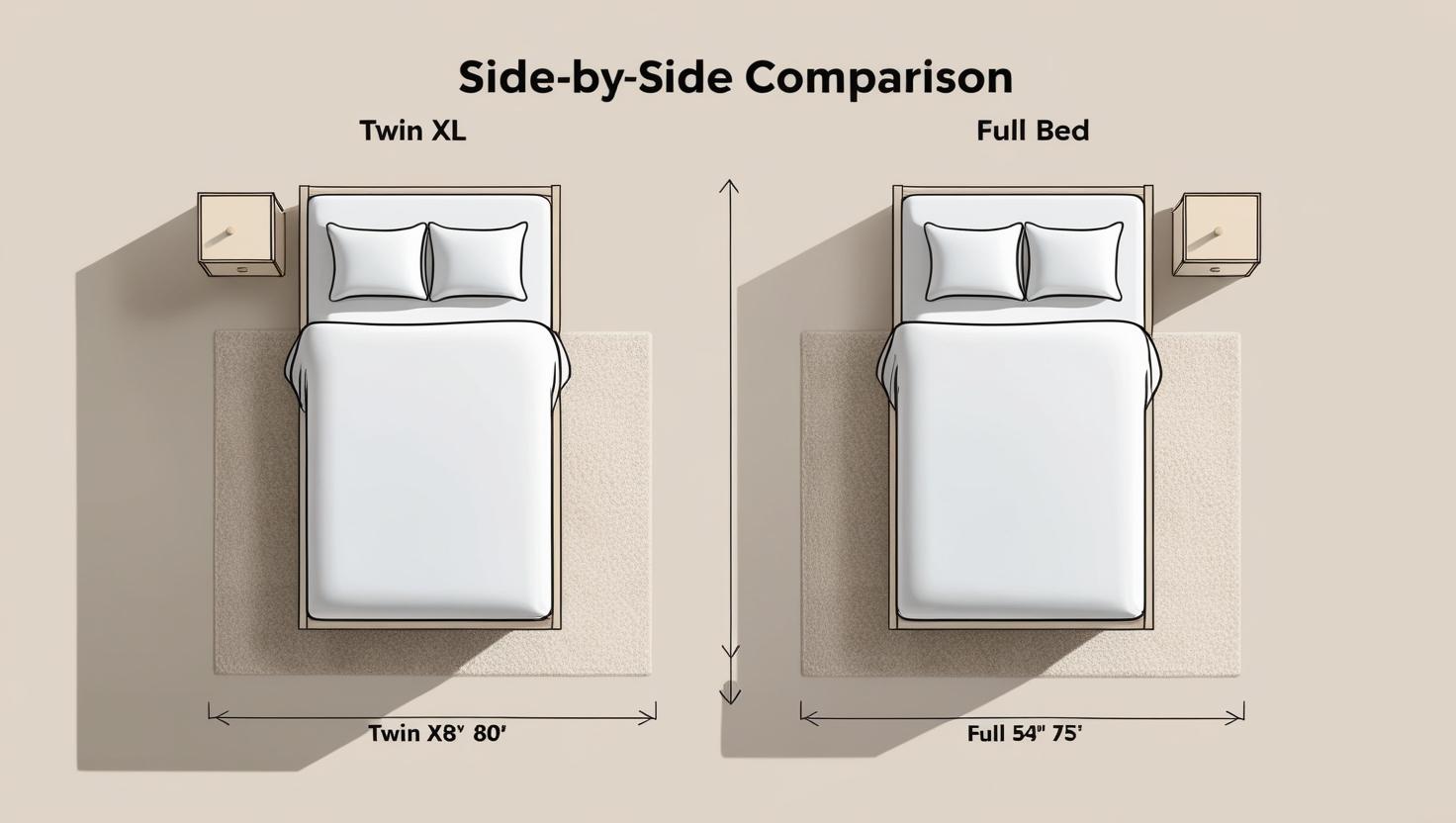
2. Optimize Room Layout
Reimagining your layout can help you better fit the best bed width for room comfort and visual harmony. Consider different placements based on your space and lifestyle.
- Against a Wall: Ideal for narrow rooms.
- Centered: Balanced look for medium-to-large rooms.
- Corner Placement: Frees up central space for movement.
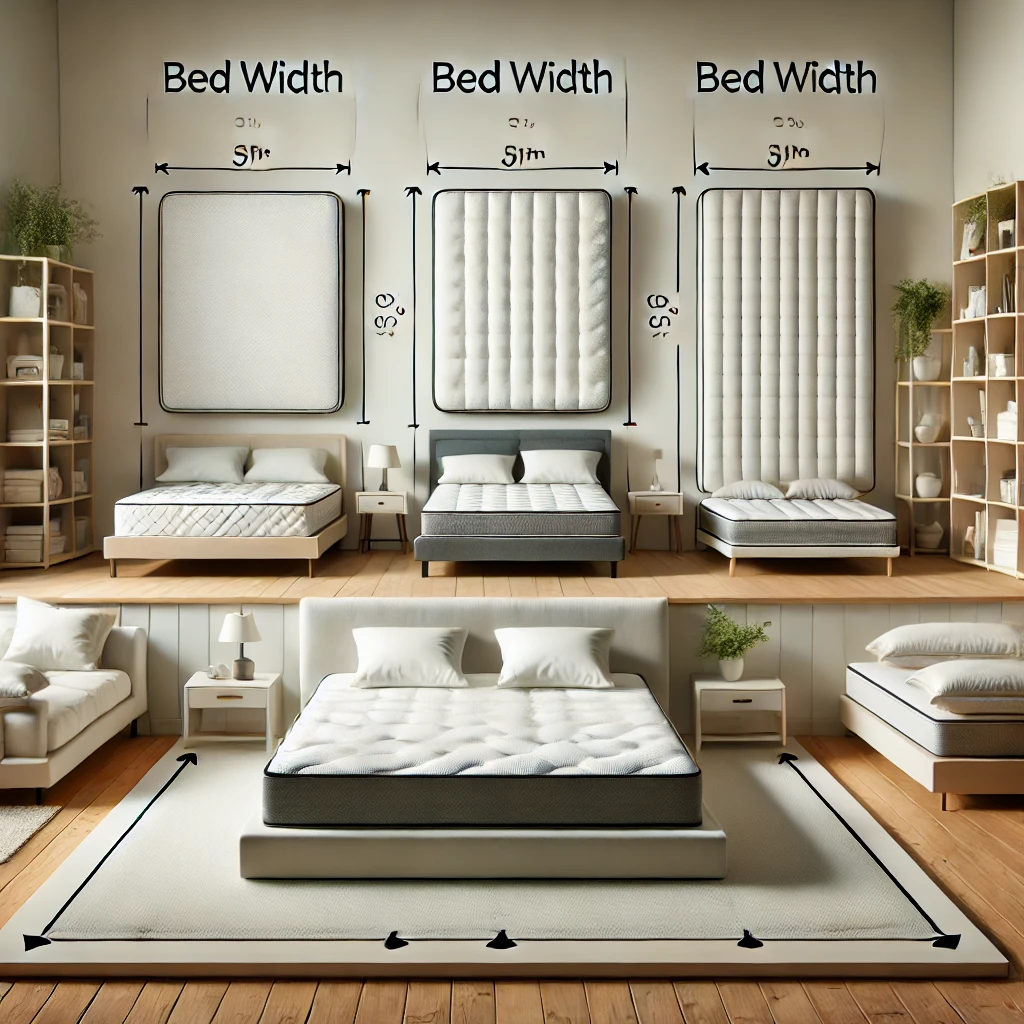
3. Match Bed Size with Lifestyle
Your daily habits determine what bed width best suits your room. Think about whether you sleep alone, share with a partner, or include pets and children.
- Solo Sleepers: Twin or full may suffice.
- Couples: Queen or king for extra comfort.
- Families: King-size gives space for kids and pets.
Read our guide on choosing the right mattress to pair with your bed size.
4. Utilize Vertical Space
Use your walls and height to compensate for limited floor area. This is especially useful when optimizing the best bed width for room efficiency.
- Tall Headboards: Adds elegance and vertical interest.
- Wall Shelves: Save space on nightstands.
- Bunk/Loft Beds: Ideal for kids or small apartments.
5. Multi-Functional Furniture
When every square foot matters, furniture that serves more than one purpose can help preserve space around your bed.
- Storage Beds: Tuck away clutter under the frame.
- Murphy Beds: Fold into the wall for flexible space use.
- Convertible Sofas: Dual use for guests or compact living.
Explore our Top 10 Space-Saving Furniture Ideas for inspiration.
6. Consider Bed Frame Design
Frame choice can visually alter how wide your bed appears and impacts how spacious your room feels overall.
- Minimalist Frames: Open and modern look.
- Platform Beds: Create a sleek low-profile setup.
- Floating Beds: Stylish and space-enhancing.
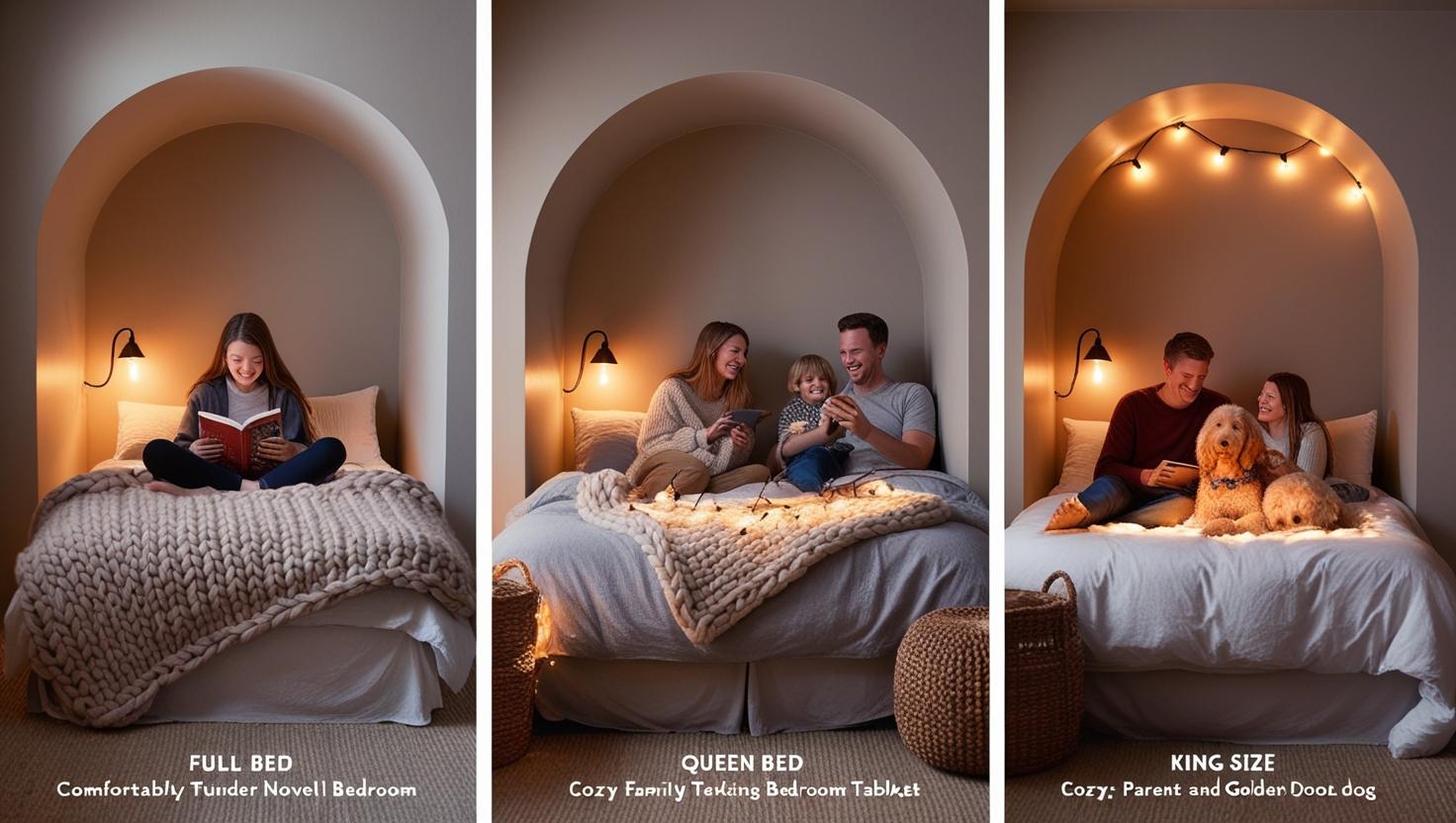
7. Avoid Common Mistakes
Don’t let poor planning ruin your bedroom flow. Avoid these frequent bed width selection errors:
- Overcrowding: Too much furniture reduces comfort.
- Proportion Errors: Balance bed size with other room elements.
- Neglecting Flow: Ensure easy movement throughout the room.
Additional Resources
Expert-Recommended Reading
- Bedroom Layout Planning – Architectural Digest
- Choosing the Right Bed Size – Sleep Foundation
- Arranging Bedroom Furniture – Better Homes & Gardens
Finding the best bed width for room size and lifestyle takes a little planning—but the payoff is a restful space that supports your needs and feels just right. Use these smart, space-saving strategies to build your ideal bedroom sanctuary.
FAQ
- What is the minimum room size for a queen bed?
- At least 10 x 12 feet is recommended for a queen bed to allow for comfortable clearance around it.
- Can a king bed fit in a 12 x 12 room?
- Yes, but expect limited space for extra furniture. Maintain 36 inches of clearance if possible.
- Is a full bed suitable for two adults?
- A full bed is doable but tight for two adults. A queen or king is typically more comfortable.
- How can I maximize space in a small bedroom?
- Use vertical storage, multifunctional furniture, and ensure your bed leaves adequate walking space.

